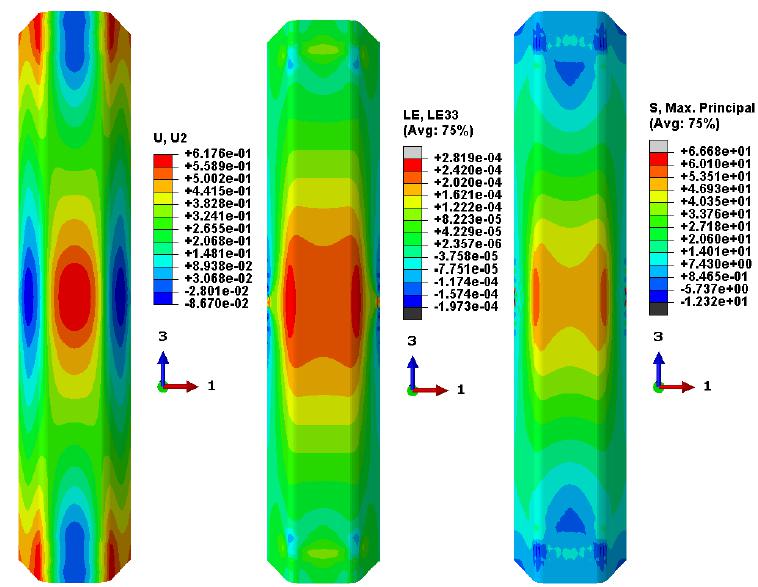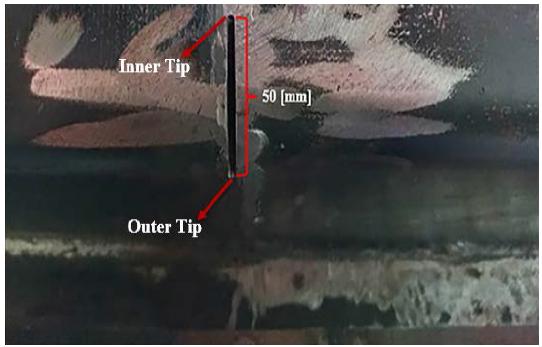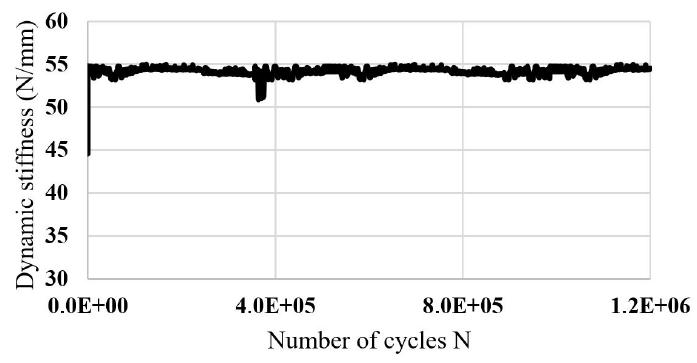Abstract
Rib-to-rib (RR) butt welded connections are one of the most sensitive locations for encountering fatigue failure in orthotropic steel decks (OSDs), and numerous fatigue cracks arising from these areas have been identified in existing OSD bridges. Due to dynamic factors in their service life bridges with an orthotropic steel deck (OSD) are prone to fatigue cracking and failure. Studies concerning the cases which use (RR) butt-welded connections are limited in the literature. In this study a cyclic loading experiment is carried out for the investigation of the fatigue life and crack propagation characteristics of butt-welded connections. A static numerical simulation was performed, and the experimental setup was verified with strain gage measurements at the beginning of the tests. Failure modes and stiffness curves were obtained. Crack growth characteristics are observed as provided by dye-penetrant and dynamic stiffness crack detection methods. Crack lengths against the number of cycles were obtained and failure cycles were recorded for construction of the fatigue strength (S-N) Curves as given in AASHTO (2007). Cracked specimens performed in E’ category while the control specimen showed infinite fatigue life. Also it is seen that dye-penetrant method is more efficient than the dynamic stiffness detection method.
Keywords
Rib-to-rib connection; Fatigue life; Fatigue crack behavior; Butt welds; Full-scale tests; Finite element method

 Experimental Study of Fatigue Crack Behavior of Rib-To-Rib Butt Welded Connections in Orthotropic Steel Decks
Experimental Study of Fatigue Crack Behavior of Rib-To-Rib Butt Welded Connections in Orthotropic Steel Decks

















